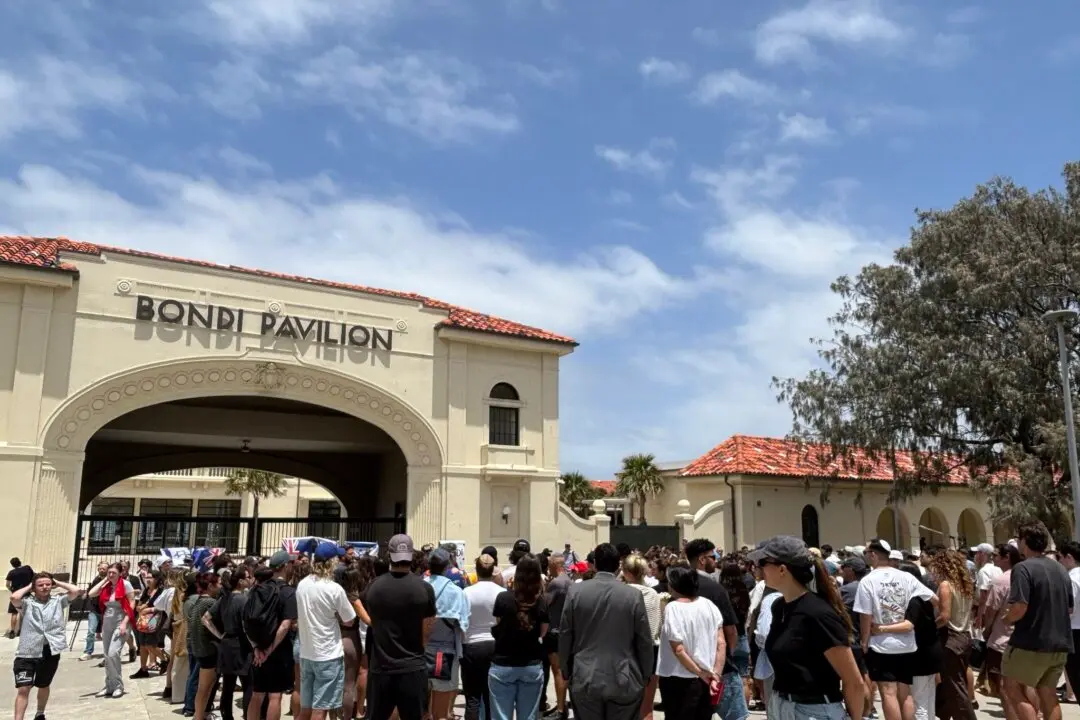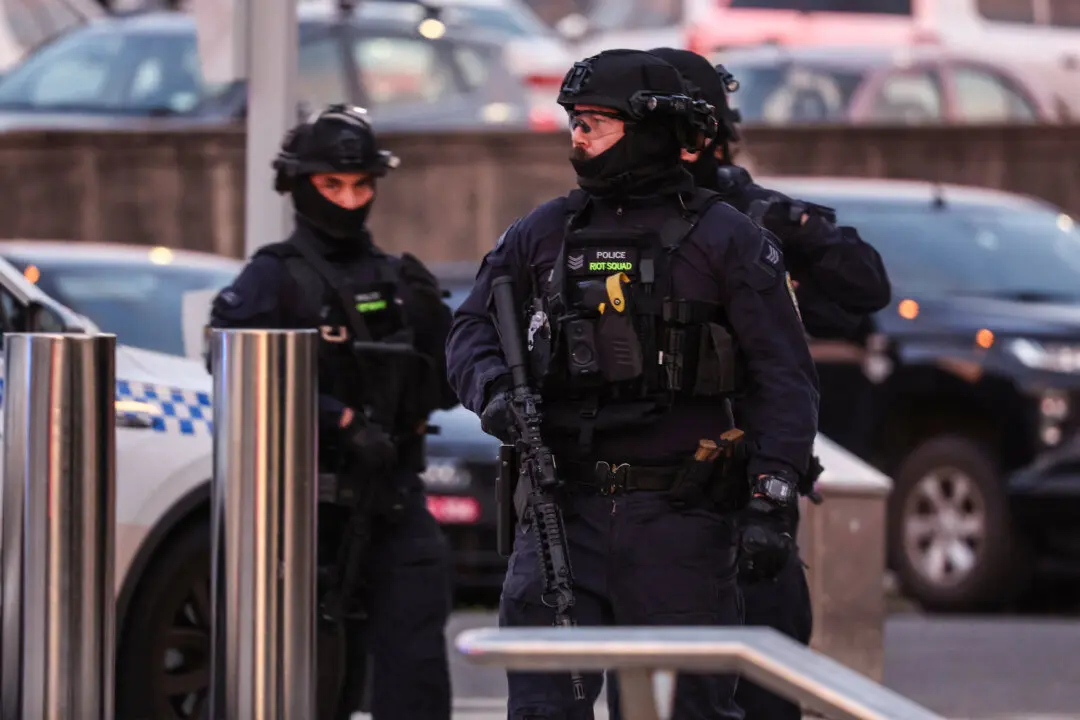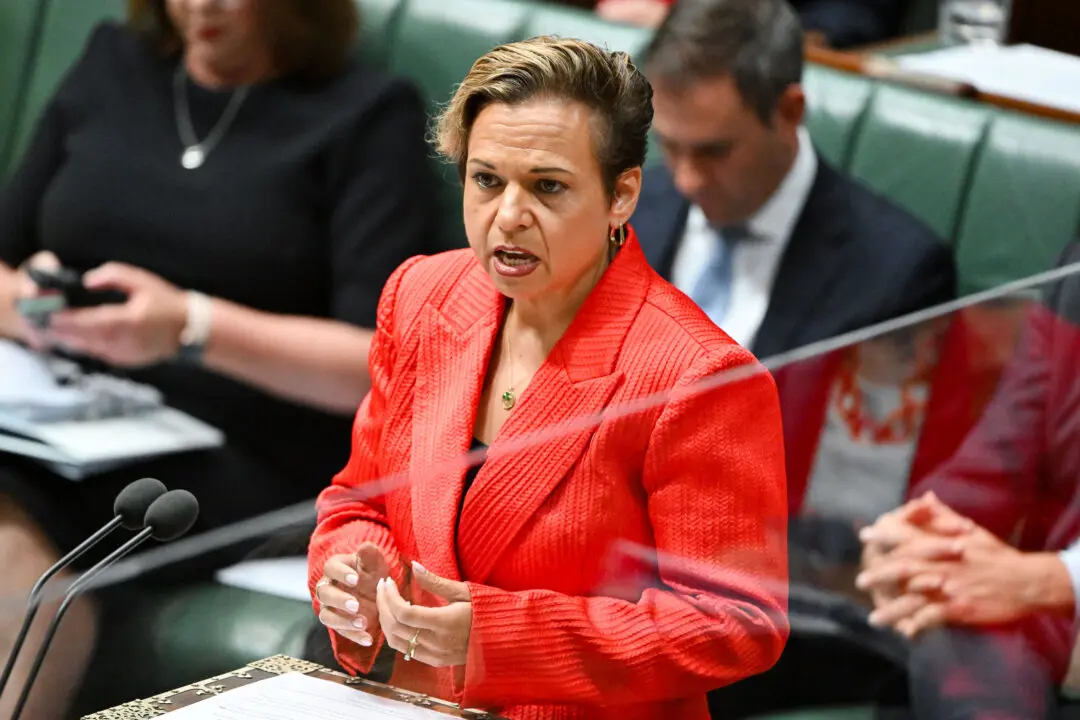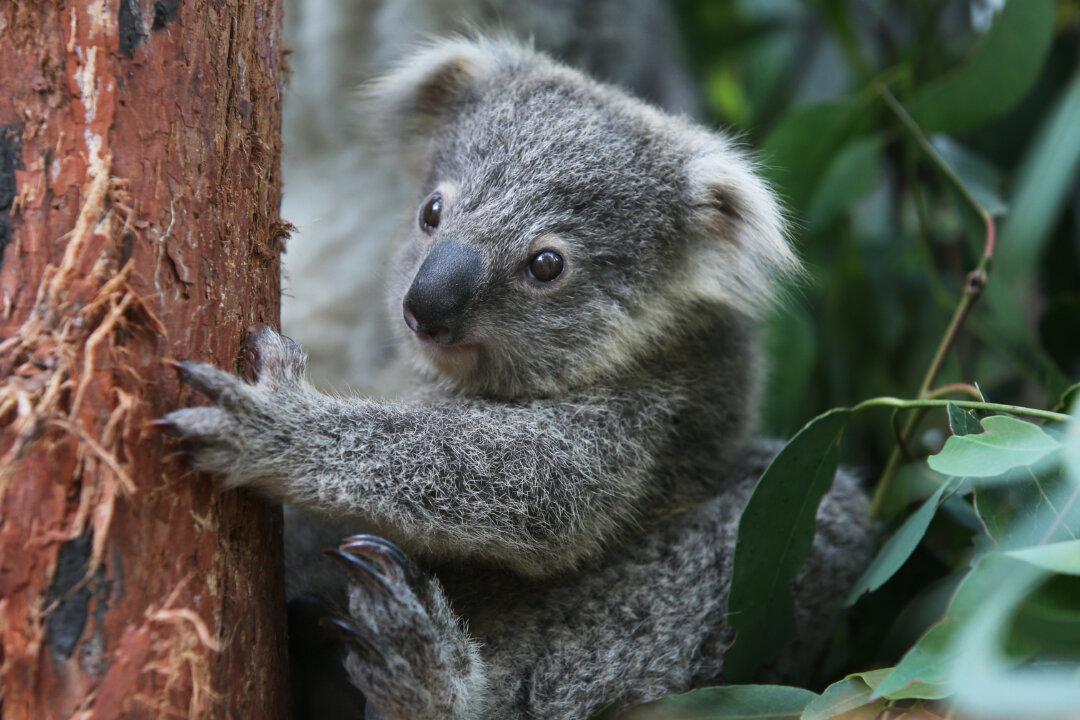Prostate cancer is Australia’s most diagnosed disease and the costliest to treat yet major public and private sector differences mean access to preferred care for many men is too expensive.
Private patient costs for a robotic prostatectomy, a standard surgical procedure for removal of the prostate, ranges between $12,000 (US$8,200) and $30,000 (US$20,060) nationally, new research shows.





